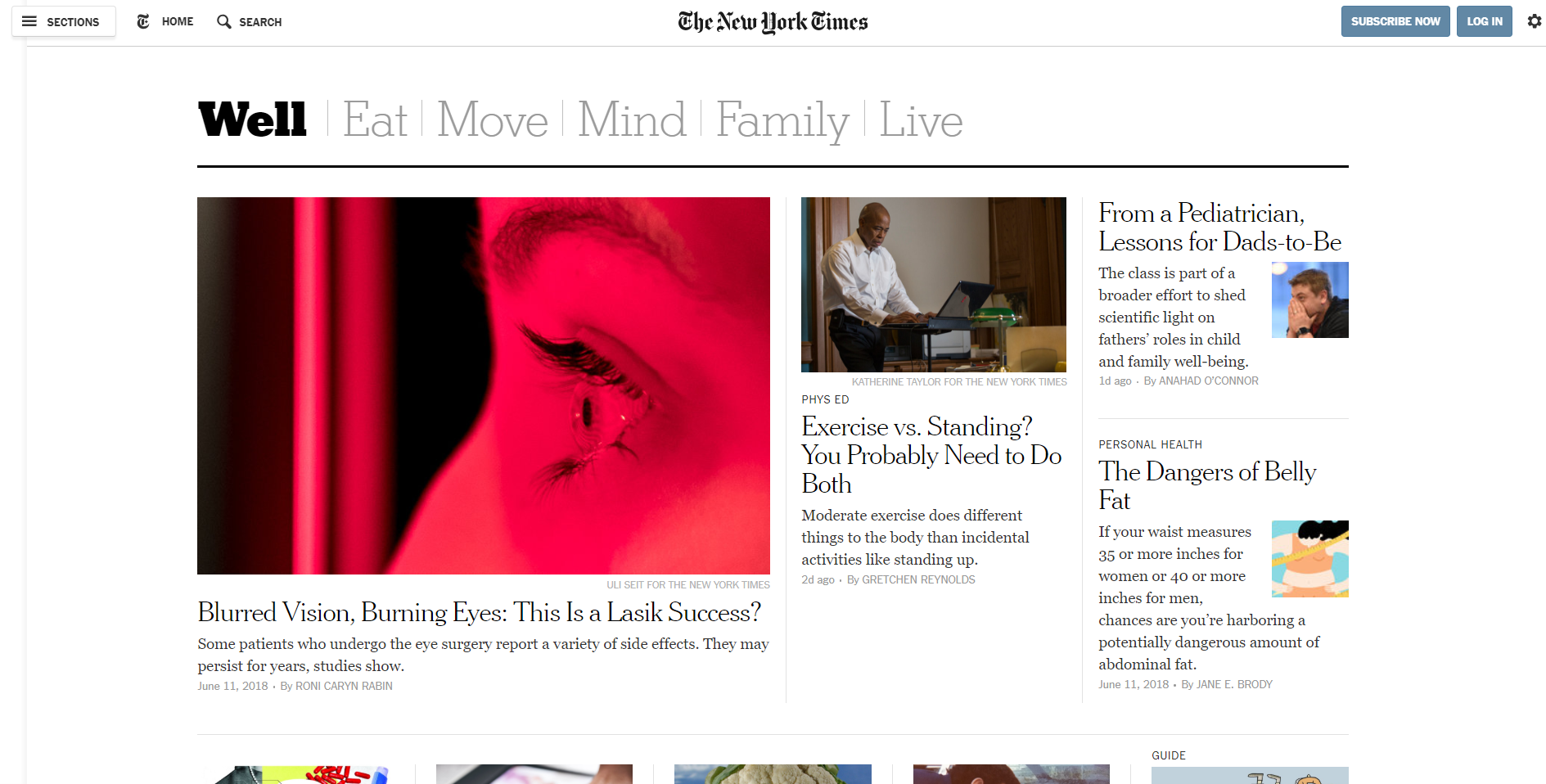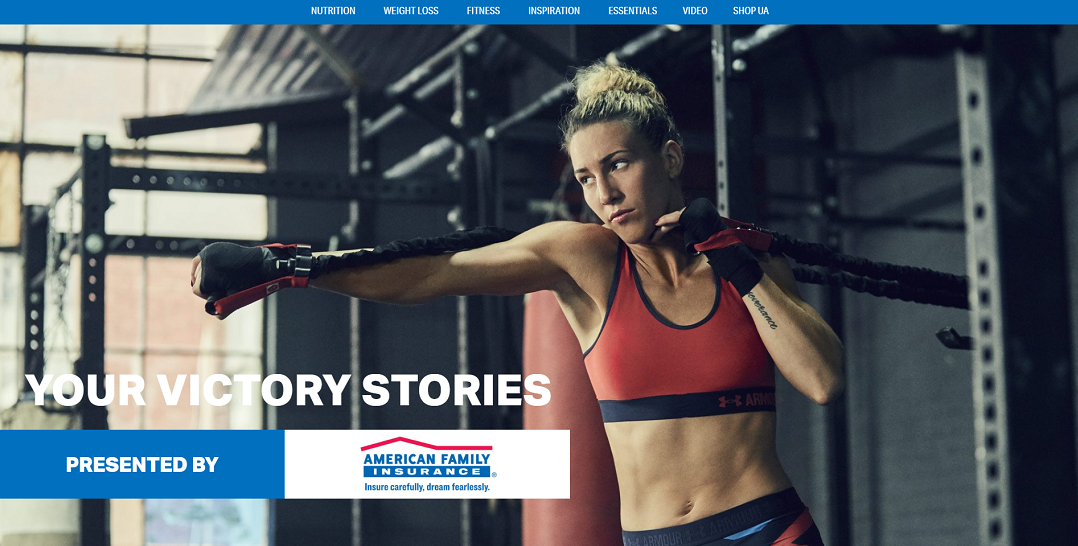Content Strategy
Healthcare Content Marketing Success Happens with Whole Person Strategy
By Kyle Harper on June 19, 2018
Way back in my eighth-grade English class, we learned about a rhetorical device called synecdoche-a curious little figure of speech that people use more frequently than we might realize. Synecdoche occurs when we refer to a part of something to reference the whole. For example, you might refer to a car as "a set of wheels," or hear a news report summarize the large movements of a government effort by saying "the White House" did something on a given day.
It might seem easier to turn to synecdoche as a way to simplify complicated systems into smaller, individual pieces. However, this approach isn't appropriate in every situation, and it seems we've been misusing it in healthcare content marketing.
Think about the last time you were sick and hopped on WebMD to find out what was wrong. Most articles approach topics with a symptoms-first approach, giving the sense that-at least while we're sick-our illness must be what defines us.
Can you imagine if this was the same way hospitals and doctors' offices operated? How would you feel if the next time you had an appointment, a nurse didn't address you by name but instead loudly called for "strep throat," "broken arm," or "weird rash that won't go away-seriously, I've tried everything?"
It would be an awful and dehumanizing experience. I'm sure none of us would ever go back to the doctor's office.
It is possible to address the specific needs and concerns of healthcare audiences without reducing them to their worst ailments. In fact, a number of brands are seeing fantastic success by taking a different approach entirely: an empathy-first content strategy that considers the whole person.
Empathy as a Driver
The drive for healthcare discussion centered around patients as a whole person shouldn't be a surprise to anyone working in the space. Over the past decade, we've seen patients flocking to holistic medicine practitioners who claim to treat a patient's entire being, from illness to emotions to spirit. We've seen a rapid interest and growth in integrative medical practices at institutions like Harvard and the Mayo Clinic that push medical care beyond one-time appointments towards lifestyle adjustments and ongoing doctor-patient relationships.
It is clear from our healthcare points-of-service that patients want to be seen as more than just sick. So shouldn't our healthcare content marketing kept up?
A few years back, Amanda Todorovich, director of content for the Cleveland Clinic, asked this very question. She worked with her team to develop a series of video content that flipped healthcare focus on its head, encouraging viewers to think about hospital visitors through their own eyes.
The campaign was a massive success, driving millions of views to date. But the Cleveland Clinic team didn't stop there. They used this campaign as the foundation for a broader content hub called Health Essentials. The site has seen rapidly compounding growth over the past few years, and today sits as the number-one visited hospital blog (earning Todorovich a Content Marketer of the Year Award in the process.)
Whole People, in a Diversity or Niche of Topics
But whole patient content strategy isn't only proving successful in the hospital space.
The New York Times: Well section presents a fantastic example of how to think about creating a wide-ranging content hub that puts people at the center. The Times subdivides their wellness section into a number of categories spanning the whole range of human interest, from how to eat better, to how to achieve mental wellness, to how to tackle health as a family endeavor.
While it might feel overly ambitious to compare your brand's content effort to a multi-award-winning journalistic endeavor, the fundamental approach that journalists take to content creation serves as an excellent lesson for marketers: Put people as subjects first, and grow your story from there.
For an example of this from the brand side, take a look at Under Armour. The fitness apparel brand expanded out into the health and wellness space by acquiring the popular fitness app MyFitnessPal back in 2015. Since then, Under Armour has built out a lively blog space providing a unique range of fitness content from recipes for health-minded visitors to a running series of "victory stories" highlighting the real-life progress made by members of their community.
What has this translated to for Under Armour? In a short time, their MyFitnessPal platform has become the third-ranked health website online. This enormous amount of traffic is a result that content marketers can't afford to ignore.
Creating Beyond Synecdoche
Taking the whole person into account when you create content doesn't require a brand with a full-body product or mission. It doesn't require you to build out a wide range of topic areas and support a large creative staff like the New York Times. It simply requires you to orient your creative lens around the idea that people are defined by more than their health goals. Rather, these goals are a single part of a much larger and complete life story that they want your brand to take into account.
We need to let go of that curious figure of speech and stop substituting health concerns for the entire scope of an individual's healthcare needs. Your healthcare content strategy has to orient your creatives to think beyond synecdoche. Create for people, not their illness, and your audience will pay you back in kind with their whole trust, well beyond whatever is ailing them.
For more stories like this, subscribe to the Content Standard newsletter.
Featured image attribution: Jenny Hill



